The Best Brake Cable Kits for DIY Maintenance

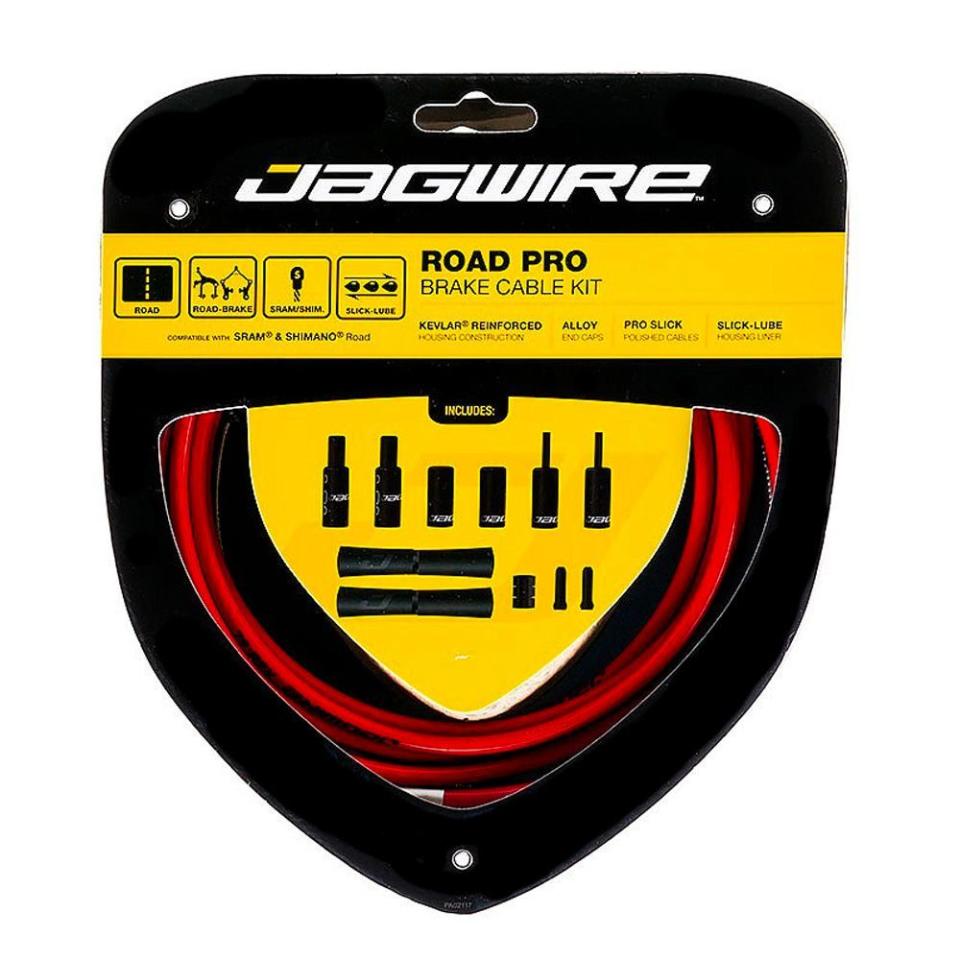
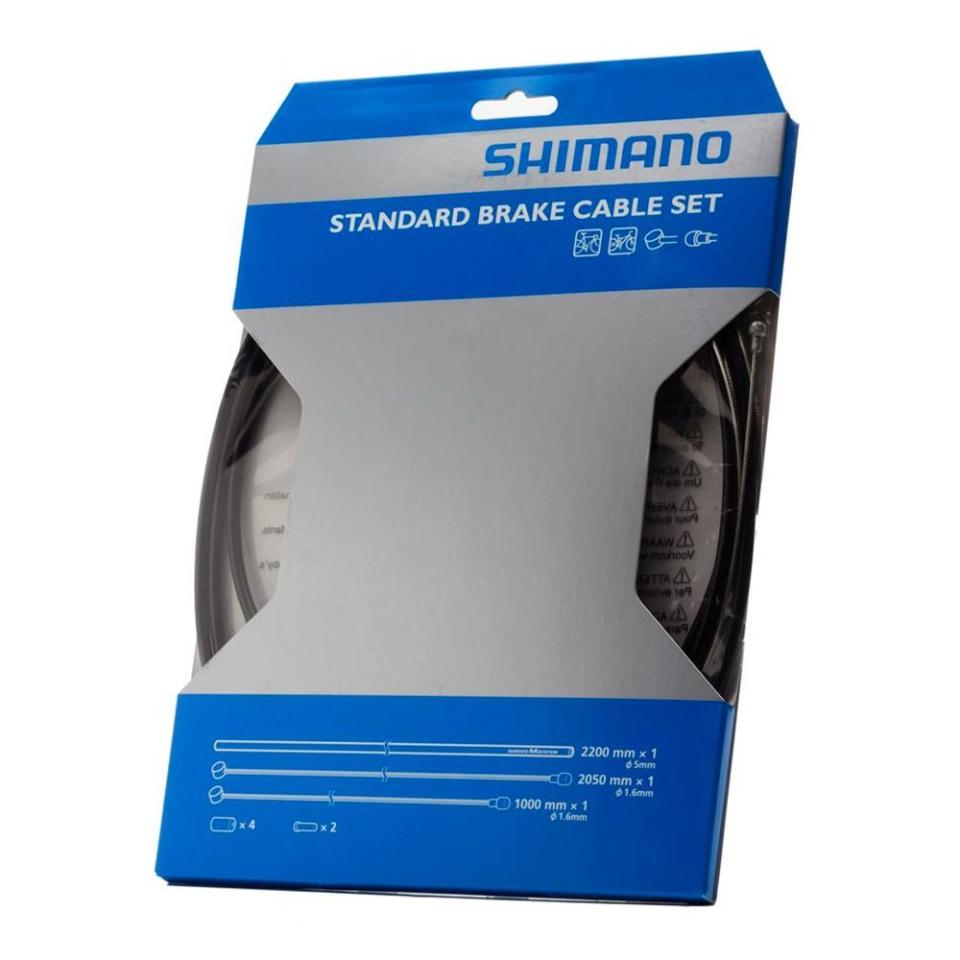
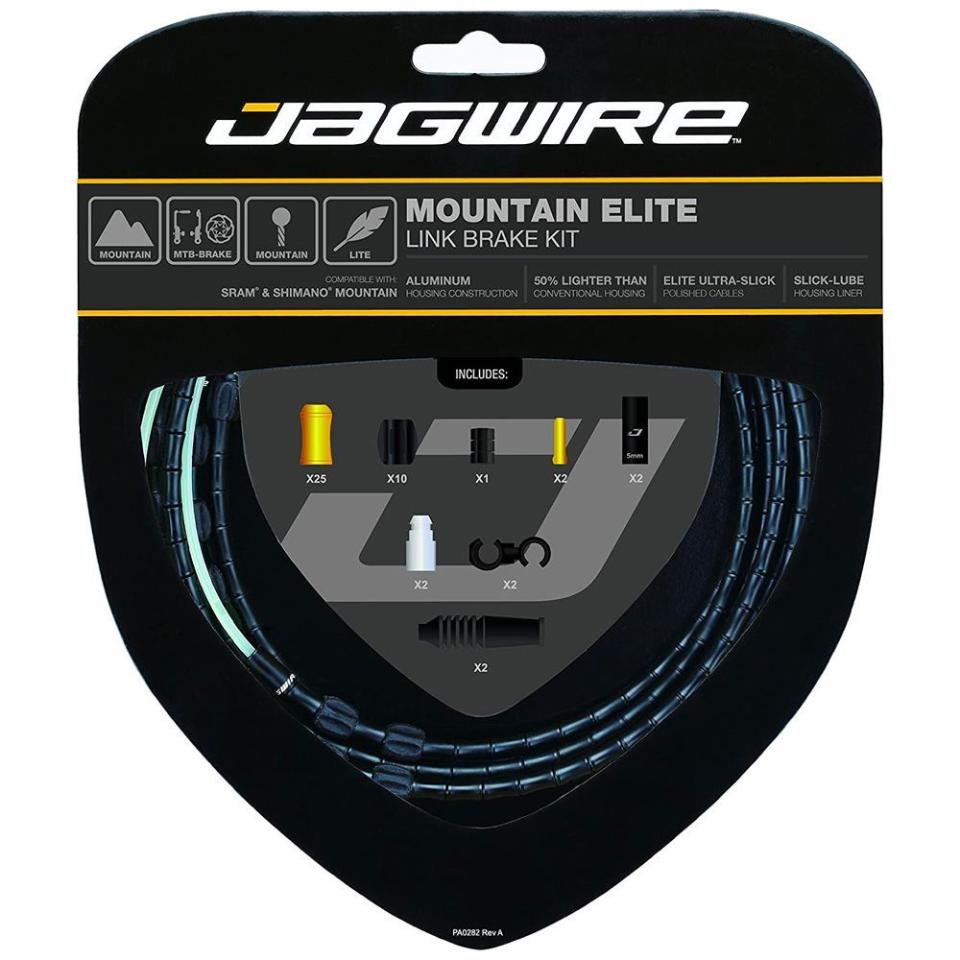
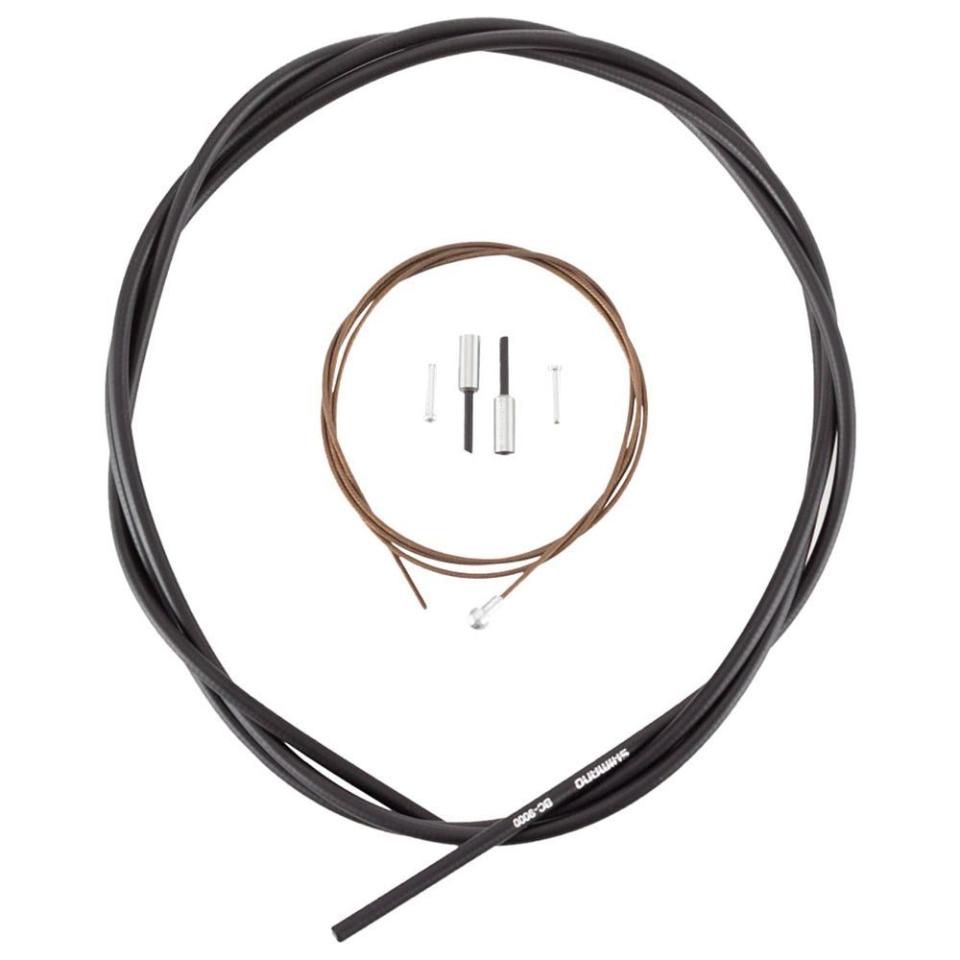

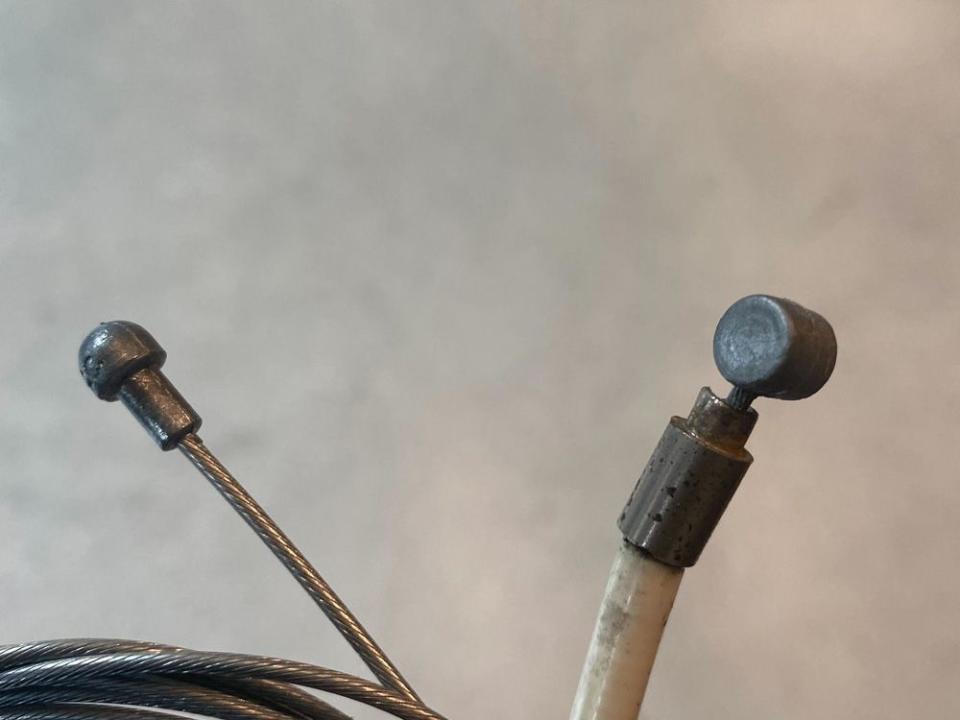
The Best Brake Cable Kits for DIY Maintenance
When it comes to maintaining your bike, it’s easy to look at the big picture for what will make your bike feel brand new again. New brakes and levers are excellent ways to improve the performance of your prized steed, but an often-overlooked detail that ties these parts together is the cables we use to operate them. A well-maintained set of cables and housing can make a years-old bike feel like it’s fresh off the shop floor, and dirty, corroded cables can just as easily make top-tier brakes feel spongy and unresponsive.
Many of us would prefer to have a local mechanic replace our cables and housing; however, this might mean that those components will be swapped with whatever bulk-ordered product your shop has on hand, and most shops won’t ask if you have a preference. If you’re in the market to customize your bike down to every last detail—or just save money on labor costs—it’s well worth looking into these DIY brake cable kits that will have your bike feeling crisp again.
Best Bike Brake Cable Kits
The Expert: For six years, I worked as a mechanic at The Bicycle Shop in State College, Pennsylvania, and replacing cables and housing was one of the most routine tasks on all my service tickets. Outside my job, I’ve kept and maintained a fleet of at least five bikes since I was an early teenager, often making repairs from my home workstand.
What to Consider With Brake Cables and Housing
All mechanical brakes function using two distinct parts: There’s an inner cable, which is what you pull with your lever to actuate your calipers, and there’s an outer housing that protects the cable from the elements. With the help of cable stops in your levers, frame, and brake calipers, housing also provides the counterforce needed to direct the tension of the cable between your brakes and levers.
Inner Cables
The most important consideration you need to make when deciding what type of cable you need is the style of brake you have. The two main cable styles, road and mountain, are identical except for their heads, which are each designed to fit into different levers. If you have drop handlebars, you’ll want the road style, whereas the mountain style belongs on flat handlebars. Brake levers made by Campagnolo also have a proprietary head, so make sure you know what you have before you buy anything. Otherwise, different cables vary by the finish that gives them their slickness and corrosion resistance; often, it’s stainless steel, polish, or a polymer coating.
Outer Housing
There are three main housing designs, and each one has its benefits. Coiled housing, the least expensive, is named for the helically wound steel that gives the housing its rigidity, albeit with some spring-like give. Compressionless housing, as the name suggests, holds its shape much better, employing straight-lined wires that run parallel to natural braking forces, plus a middle sleeve that prevents splitting. Link housing, which is the most expensive (and controversial), doesn’t even have internal wiring, instead featuring hollow aluminum links for maximum stiffness.
From top to bottom: Diagrams for coiled, compressionless, and link housing (Images courtesy of Jagwire)
How We Evaluated These Brake Cable Kits
I saw most of these cables and housings regularly during my time as a mechanic. I chose these kits based on their longevity, feel, ease of setup, and price; for those I haven’t tested myself, I’ve relied on the input of other seasoned riders in my community, fellow testers at Bicycling, and the mechanics at my hometown shop.
Keep your bike feeling fresh with these expert-recommended picks from top brands like Shimano and Jagwire.
